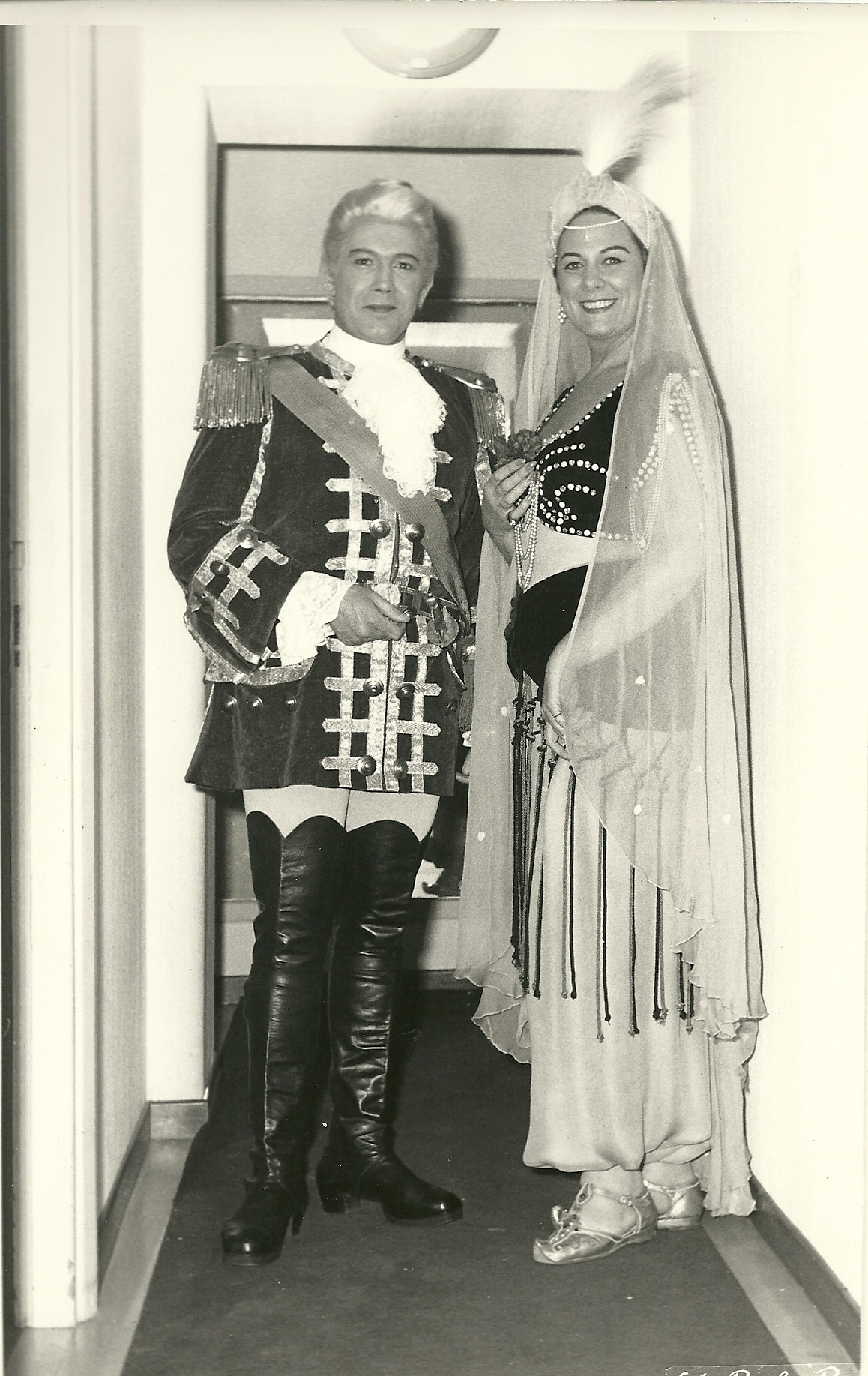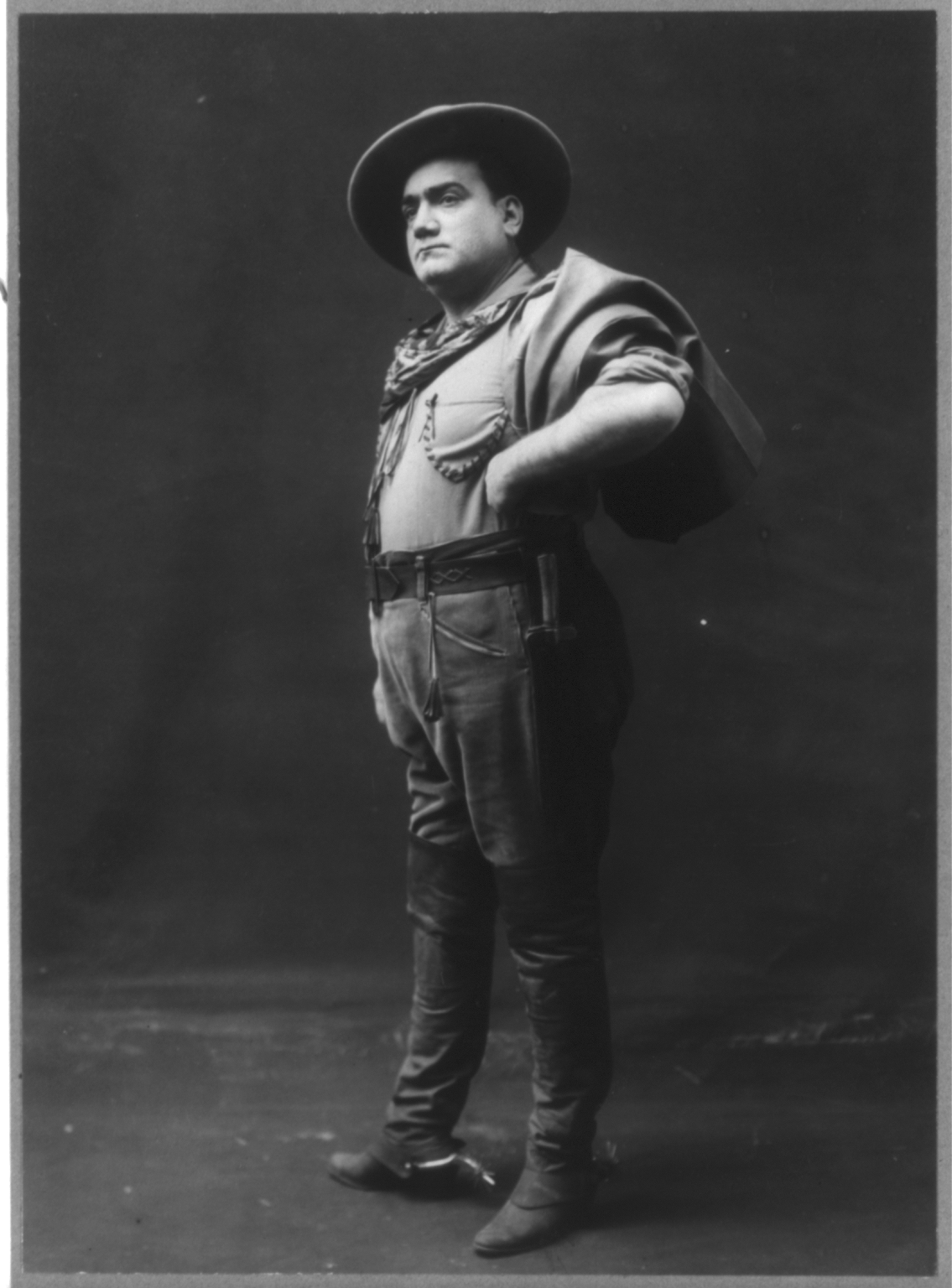|
Franco Capuana
Franco Capuana (29 September 189410 December 1969) was an Italian conductor. Born in Fano in the Province of Pesaro and Urbino, he was the younger brother of mezzo-soprano Maria Capuana. He became associated with the Teatro di San Carlo in 1930 and La Scala in 1937. In 1940 he conducted the premiere of Ghedini's opera '' La pulce d'oro'' at the Teatro Carlo Felice. He visited the Royal Opera House in 1946, becoming the first guest conductor of the newly formed Royal Opera, London. He died at the age of 75 on the conductor's podium in the middle of leading a performance of Rossini's ''Mosè in Egitto'' at the Teatro di San Carlo in Naples. Notable recordings * Vincenzo Bellini - ''La sonnambula'' - Lina Pagliughi, Ferruccio Tagliavini, Cesare Siepi, Anna Maria Anelli, Wanda Ruggeri - Coro & Orchestra della RAI Torino (Warner-Fonit, 1952) * Giuseppe Verdi - ''Otello'' - Carlos Guichandut, Cesy Broggini, Giuseppe Taddei - Coro & Orchestra della RAI Torino (Warner-Fonit, 1955) *Gi ... [...More Info...] [...Related Items...] OR: [Wikipedia] [Google] [Baidu] |
Fano
Fano is a town and ''comune'' of the province of Pesaro and Urbino in the Marche region of Italy. It is a beach resort southeast of Pesaro, located where the ''Via Flaminia'' reaches the Adriatic Sea. It is the third city in the region by population after Ancona and Pesaro. History An ancient town of Marche, it was known as Fanum Fortunae after a temple of Fortuna located there. Its first mention in history dates from 49 BC, when Julius Caesar held it, along with Pisaurum and Ancona. Caesar Augustus established a '' colonia'', and built a wall, some parts of which remain. In 2 AD Augustus also built an arch (which is still standing) at the entrance to the town. In January 271, the Roman Army defeated the Alamanni in the Battle of Fano that took place on the banks of the Metauro river just inland of Fano. Fano was destroyed by Vitiges' Ostrogoths in AD 538. It was rebuilt by the Byzantines, becoming the capital of the maritime Pentapolis ("Five Cities") that included ... [...More Info...] [...Related Items...] OR: [Wikipedia] [Google] [Baidu] |
La Sonnambula
''La sonnambula'' (''The Sleepwalker'') is an opera semiseria in two acts, with music in the ''bel canto'' tradition by Vincenzo Bellini set to an Italian libretto by Felice Romani, based on a scenario for a ''ballet-pantomime'' written by Eugène Scribe and choreographed by Jean-Pierre Aumer called '' La somnambule, ou L'arrivée d'un nouveau seigneur''. The ballet had premiered in Paris in September 1827 at the height of a fashion for stage works incorporating somnambulism. The role of Amina was originally written for the soprano sfogato Giuditta Pasta and the tenor Giovanni Battista Rubini, but during Bellini's lifetime another soprano sfogato, Maria Malibran, was a notable exponent of the role. The first performance took place at the Teatro Carcano in Milan on 6 March 1831. The majority of twentieth-century recordings have been made with a soprano cast as Amina, usually with added top-notes and other changes according to tradition, although it was released in so ... [...More Info...] [...Related Items...] OR: [Wikipedia] [Google] [Baidu] |
Cornell MacNeil
Cornell MacNeil (September 24, 1922 – July 15, 2011) was an American operatic baritone known for his exceptional voice and long career with the Metropolitan Opera, which spanned 642 performances in twenty-six roles. F. Paul Driscoll wrote in ''Opera News'' that he "was a great baritone in era of great baritones — Warren, Gobbi, Merrill, Milnes — and in the contemporary press, comparisons to his colleagues were frequent. But MacNeil's performances had singular musical richness, and moral and intellectual complexity that were his alone. MacNeil may have had rivals, but he had no equals." Life and career Cornell MacNeil was born in Minneapolis, Minnesota to a dentist and a singer. He was interested in opera from a young age, but suffered from severe asthma, which also contributed to his rejection from World War II. He then took on a wartime job as a lathe operator, after which, on his mother's advice, began his vocal studies. Among his teachers were Friedrich Schorr and Dic ... [...More Info...] [...Related Items...] OR: [Wikipedia] [Google] [Baidu] |
Renata Tebaldi
Renata Tebaldi ( , ; 1 February 1922 – 19 December 2004) was an Italian lirico-spinto soprano popular in the post- war period, and especially prominent as one of the stars of La Scala, San Carlo and, especially, the Metropolitan Opera. Often considered among the great opera singers of the 20th century, she focused primarily on the verismo roles of the lyric and dramatic repertoires. Italian conductor Arturo Toscanini called her voice "" ("the voice of an angel"), and La Scala music director Riccardo Muti called her "one of the greatest performers with one of the most extraordinary voices in the field of opera." Early years and education Born in Pesaro, Tebaldi was the daughter of cellist Teobaldo Tebaldi and Giuseppina Barbieri, a nurse. Her parents separated before her birth and Tebaldi grew up with her mother in her maternal grandparents' home in Langhirano. Stricken with polio at the age of three, Tebaldi became interested in music and sang with the church choi ... [...More Info...] [...Related Items...] OR: [Wikipedia] [Google] [Baidu] |
La Fanciulla Del West
''La fanciulla del West'' (''The Girl of the West'') is an opera in three acts by Giacomo Puccini to an Italian libretto by and , based on the 1905 play '' The Girl of the Golden West'' by the American author David Belasco. ''Fanciulla'' followed ''Madama Butterfly'', which was also based on a Belasco play. The opera has fewer of the show-stopping highlights that characterize Puccini's other works, but is admired for its impressive orchestration and for a score that is more melodically integrated than is typical of his previous work. ''Fanciulla'' displays influences from composers Claude Debussy and Richard Strauss, without being in any way imitative. Similarities between the libretto and the work of Richard Wagner have also been found, though some attribute this more to the original plot of the play, and have asserted that the opera remains quintessentially Italian. The opera had a successful and highly publicised premiere at the Metropolitan Opera, New York City, in 1910. Ne ... [...More Info...] [...Related Items...] OR: [Wikipedia] [Google] [Baidu] |
Giacomo Puccini
Giacomo Puccini (Lucca, 22 December 1858Bruxelles, 29 November 1924) was an Italian composer known primarily for his operas. Regarded as the greatest and most successful proponent of Italian opera after Verdi, he was descended from a long line of composers, stemming from the late- Baroque era. Though his early work was firmly rooted in traditional late-19th-century Romantic Italian opera, he later developed his work in the realistic '' verismo'' style, of which he became one of the leading exponents. His most renowned works are '' La bohème'' (1896), ''Tosca'' (1900), ''Madama Butterfly'' (1904), and '' Turandot'' (1924), all of which are among the most frequently performed and recorded of all operas. Family and education Puccini was born Giacomo Antonio Domenico Michele Secondo Maria Puccini in Lucca, Italy, in 1858. He was the sixth of nine children of Michele Puccini (1813–1864) and Albina Magi (1830–1884). The Puccini family was established in Lucca as a local m ... [...More Info...] [...Related Items...] OR: [Wikipedia] [Google] [Baidu] |
Giuseppe Taddei
Giuseppe Taddei (26 June 1916 – 2 June 2010) was an Italian baritone, who, during his career, performed multiple operas composed by numerous composers. Taddei was born in Genoa, Italy, and studied in Rome, where he made his professional debut in 1936 as the Herald in Wagner's ''Lohengrin''. He sang at the Rome Opera until he was conscripted into the army in 1942. After the war, he resumed his opera career and appeared for two seasons at the Vienna State Opera. He made his debut in London in 1947, at the Cambridge Theatre. The following year, 1948, saw his debut at the Salzburg Festival, La Scala in Milan, and the Teatro di San Carlo in Naples. His American debut took place at the San Francisco Opera in 1957, followed by his appearance with Lyric Opera of Chicago in 1959. He sang regularly at the Royal Opera House in London from 1960 to 1967. Taddei was equally effective in comedy and drama. His acting repertoire included the two Figaros, from ''The Marriage of Figaro'' and '' ... [...More Info...] [...Related Items...] OR: [Wikipedia] [Google] [Baidu] |
Carlos Guichandut
Carlos Maria Guichandut (November 4, 1914 – September 27, 1990) was an Argentinian baritone, and later tenor, particularly associated with heroic roles. Born in Buenos Aires, he studied first philosophy and then singing, with Alfredo Bontà Biancardi. He began his career as a baritone in 1938 singing zarzuela. He made his operatic debut at the Teatro Colon in 1945, in the title role of ''Rigoletto'', followed by Luna in ''Il trovatore'', Iago in ''Otello'', and Scarpia in ''Tosca''. He then went to Italy, appearing at the Teatro San Carlo in Naples, and La Fenice in Venice, and made his debut at La Scala in Milan in 1948, as Renato in ''Un ballo in maschera''. In 1952, after further vocal studies with Fidelia Campigna, he made a second debut in Bari, as a tenor this time, in the role of Siegmund in ''Die Walküre''. The following year, he sang the role of Giasone in ''Medea'', opposite Maria Callas, at the Maggio Musicale Fiorentino, to great acclaim. That same year, he ... [...More Info...] [...Related Items...] OR: [Wikipedia] [Google] [Baidu] |
Otello (Verdi)
''Otello'' () is an opera in four acts by Giuseppe Verdi to an Italian libretto by Arrigo Boito, based on Shakespeare's play ''Othello''. It was Verdi's penultimate opera, first performed at the Teatro alla Scala, Milan, on 5 February 1887. The composer was reluctant to write anything new after the success of ''Aida'' in 1871, and he retreated into retirement. It took his Milan publisher Giulio Ricordi the next ten years, first to encourage the revision of Verdi's 1857 ''Simon Boccanegra'' by introducing Boito as librettist and then to begin the arduous process of persuading and cajoling Verdi to see Boito's completed libretto for ''Otello'' in July/August 1881. However, the process of writing the first drafts of the libretto and the years of their revision, with Verdi all along not promising anything, dragged on. It wasn't until 1884, five years after the first drafts of the libretto, that composition began, with most of the work finishing in late 1885. When it finally premiere ... [...More Info...] [...Related Items...] OR: [Wikipedia] [Google] [Baidu] |
Giuseppe Verdi
Giuseppe Fortunino Francesco Verdi (; 9 or 10 October 1813 – 27 January 1901) was an Italian composer best known for his operas. He was born near Busseto to a provincial family of moderate means, receiving a musical education with the help of a local patron. Verdi came to dominate the Italian opera scene after the era of Gioachino Rossini, Gaetano Donizetti, and Vincenzo Bellini, whose works significantly influenced him. In his early operas, Verdi demonstrated a sympathy with the Risorgimento movement which sought the unification of Italy. He also participated briefly as an elected politician. The chorus "Va, pensiero" from his early opera ''Nabucco'' (1842), and similar choruses in later operas, were much in the spirit of the unification movement, and the composer himself became esteemed as a representative of these ideals. An intensely private person, Verdi did not seek to ingratiate himself with popular movements. As he became professionally successful, he was able to ... [...More Info...] [...Related Items...] OR: [Wikipedia] [Google] [Baidu] |





